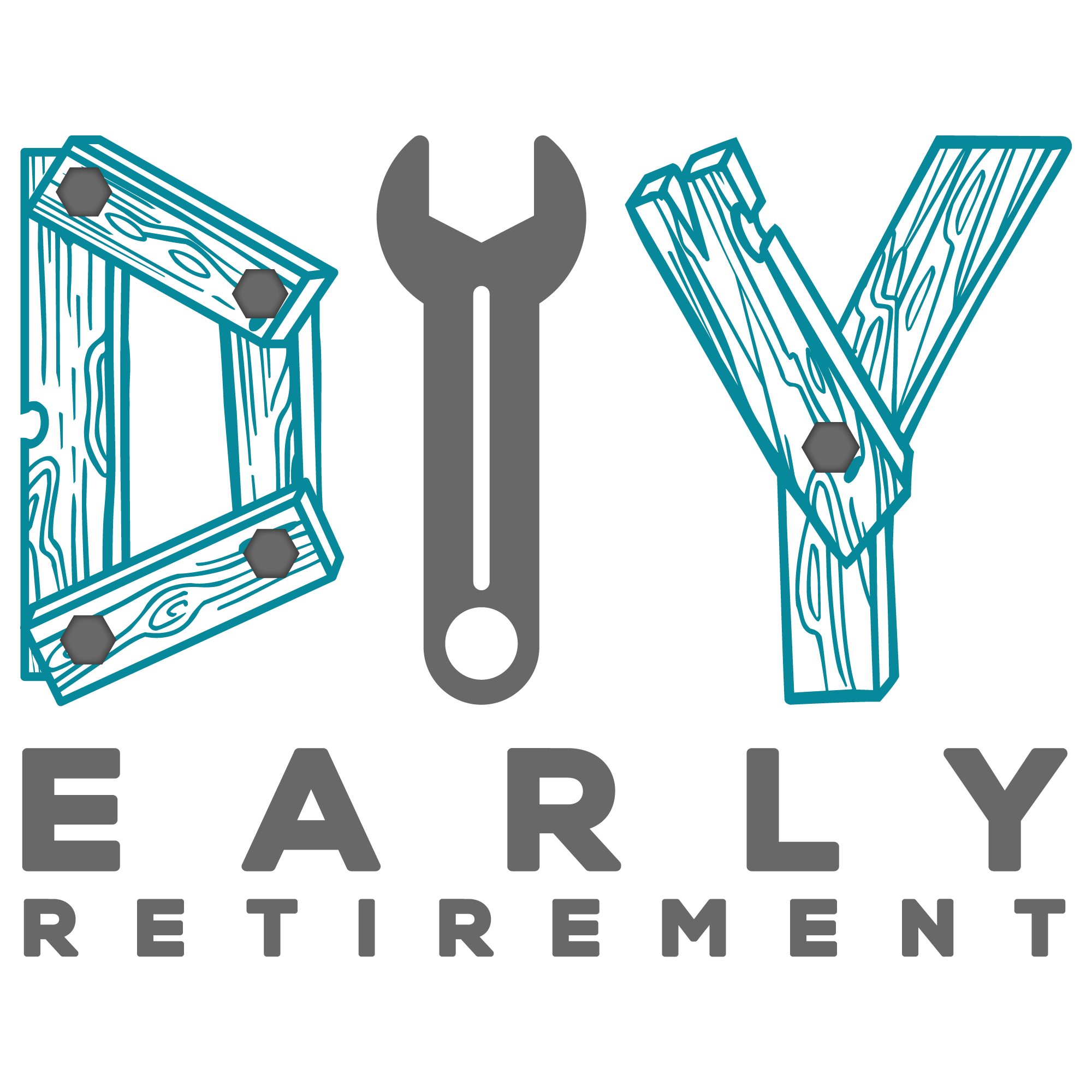Understand Your Spending in 3 Steps
Understanding your spending is a key piece to making a plan to reach financial freedom. Knowing how much you spend, and on what, will help you project how much money you will need in retirement, and also give you insight into adjustments you may want to make in your life today to reach your goals sooner.
Also, if you have never had a budget before, you will need these steps to help you understand your spending, so that you know what to include in your budget.
Step 1 - Write Everything Down
The simplest way to begin is by tracking your spending for a period of time. Ideally you can keep this up for at least a month, but even a week or two will give you valuable information.
The goal of Step 1 is to write down anytime you spend money. This may be in a variety of forms, such as cash, on a credit card, a Paypal transaction, or Venmo transfer. Because of this variety, using a website or online tracking tool often is incomplete. We recommend starting with a piece of paper and a pen. Rubber band them to your phone so you don’t forget to do it!
You’ll want to record the date, what you spent money on, and the amount. That’s it! There is no reason to change your spending behavior. Just go through a normal couple of weeks and write everything down.
Step 2 - Group Like Transactions
After recording your spending for a couple of weeks or a month, it’s time to review the paper to see what themes and categories start to become apparent. Get some highlighters, markers, or pens, and try to group some of your like-transactions, such as bills, gas for your card, or every time you spent money on food. Mark those lines with the same color or symbol so you can get an idea of how often you spend money on like-transactions.
Once you have grouped like-transactions, you can get an idea for what types of spending categories are relevant to you. For example, do you spend money at the movies, theme parks, or out with friends at bars? These activities could be grouped into an “Entertainment” category. Do you spend money shopping for clothes online or out at the mall? Those transactions could be grouped into a “Shopping” category.
At this time, there is no reason to judge your categories or scrutinize your spending. This is purely an exercise to document and understand your current spending habits.
So how many categories do you have? What categories make sense to you? Is a gym membership a health and medical expense? When starting out, fewer categories may be easier, so do not exhaust yourself separating too many things out.
Also, what categories may not be represented here? Did your record cover a week where you paid rent? Did it cover a month when your annual car insurance was due? Try to capture all of those things in a category, even if they may not have been seen during this exact exercise.
Step 3 - Look at the Dollars
Once you have picked a list of categories that make sense to you and cover your normal spending habits, it’s time to look at the dollars associated with each category.
Total the spending in each category by a specific time period, ideally a month, and write that number next to your category headers.
The goal is to start understanding where you are spending money. What categories are you spending more or less in each month? Does it change month to month or seasonally?
For this exercise, there is no expectation of making a behavior change or judgement about your spending. It’s important to learn how to keep a record and what types of things you spend money on, and roughly how much money you’re spending.



